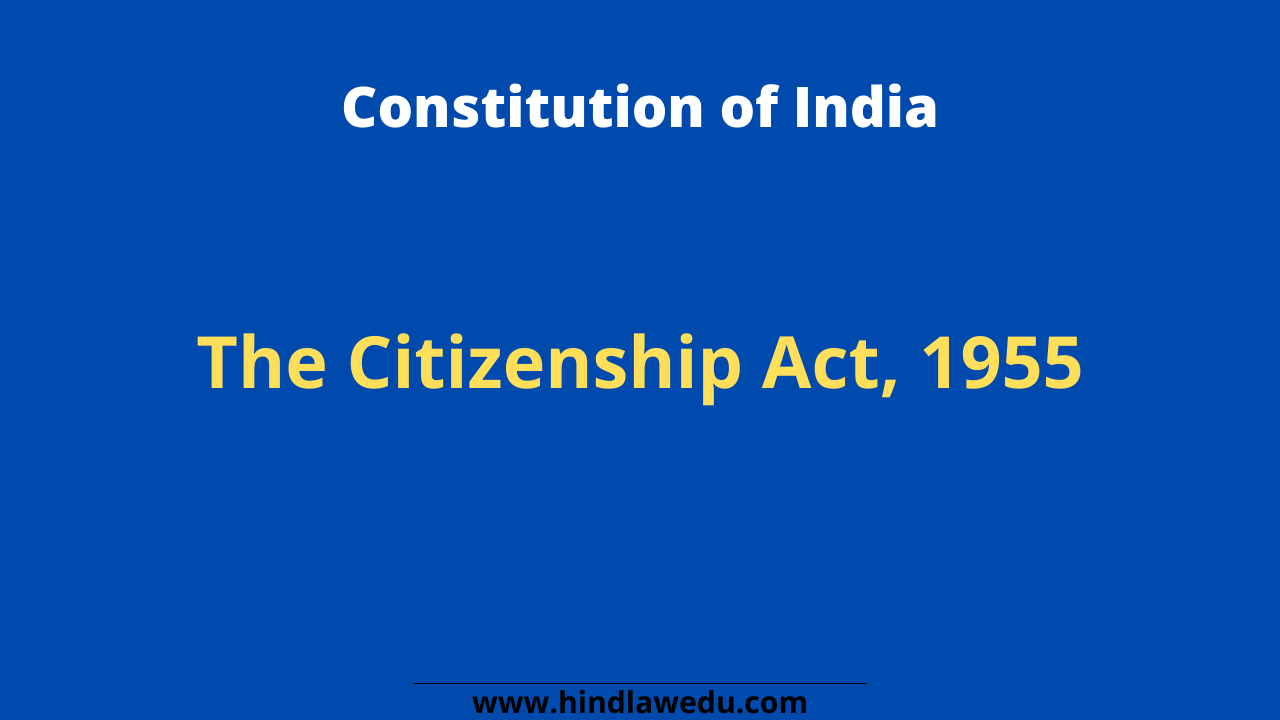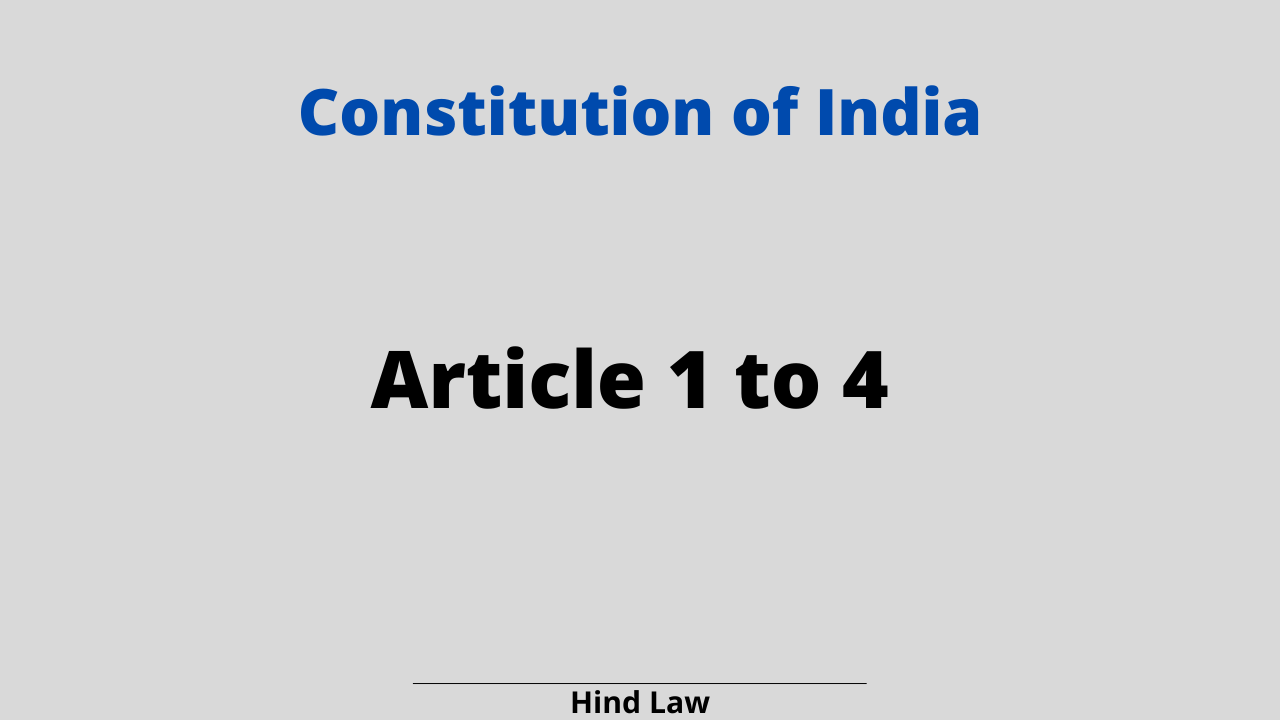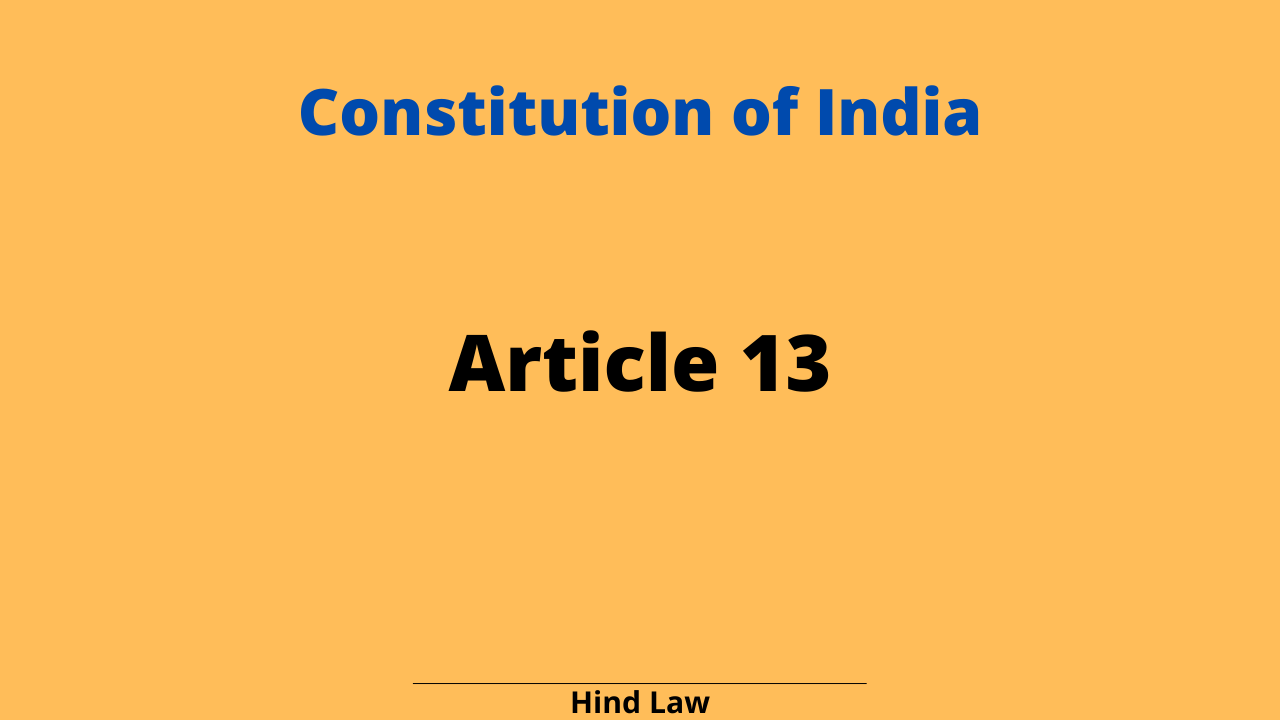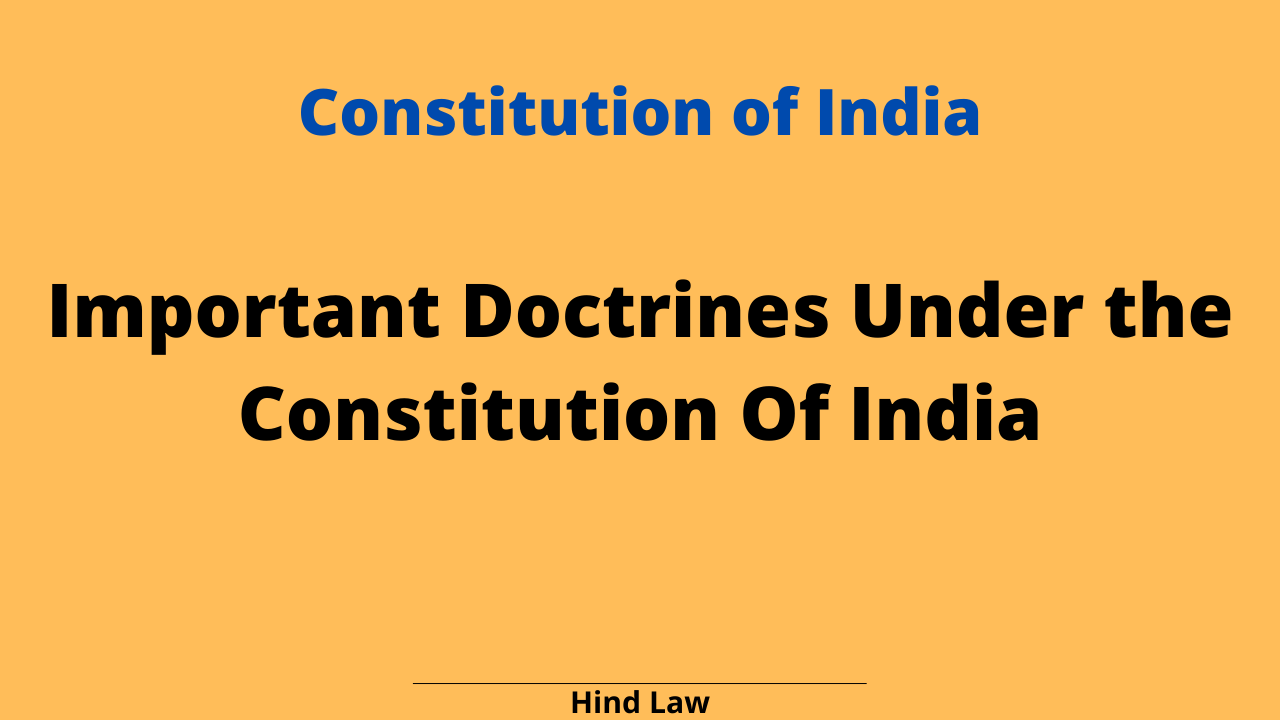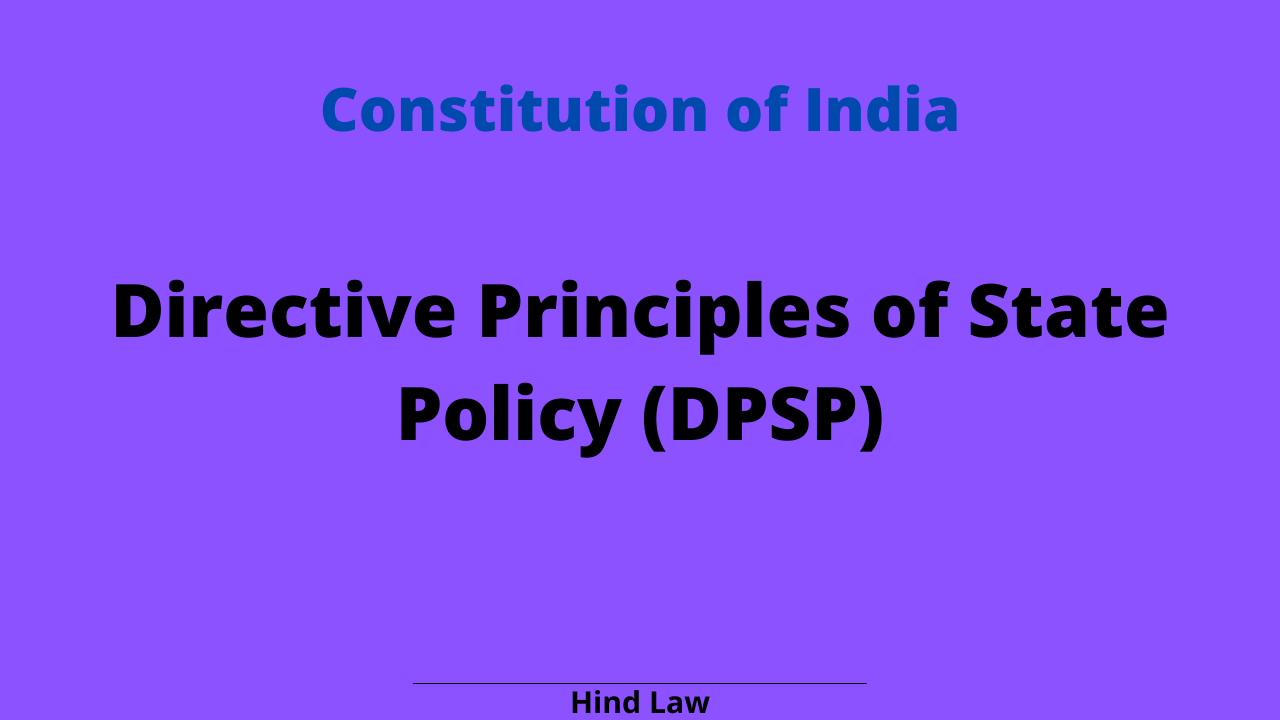Table of Contents
Introduction
Federalism was introduced in India by the Government of India Act, 1935. While drafting the Constitution of India, the framers wanted to give a federal look to it, considering the pluralistic/diversity characteristics of India.
About the nature of the Indian Federal system Dr. B.R. Ambedkar clarified that -The union is not a league of states, united in a loose relationship; nor the states are the agencies of the Union, deriving powers from it. Both the Union and the states are created by the constitution. The authority of one is not subordinate to the other in its own field; the authority of one is co-ordinate with that of the other.
India has a federal system but with more tilt towards a unitary system of government. It is sometimes considered a quasi-federal system as it has features of both a federal and a unitary system.
Article 1 of the Indian Constitution states, ‘India, that is Bharat, shall be a union of states’. The word federation is not mentioned in the constitution. It means that states do not have power or right to secede from the Union of India.
Federal Features of the Indian Union
- Governments at two levels – Central government at centre and State governments at state level.
- Division of powers between the centre and states – In this respect, Article 246 of the Indian Constitution clearly enumerates(mentions) the Federal character of the Indian Constitution.
It empowers;
- Parliament to make law under Union List
- States to make law under State List and
- both the Parliament and States to make laws under the Concurrent List.
3. Supremacy of the constitution – the basic structure of the constitution is indestructible as laid out by the judiciary. The constitution is the supreme law of the land in India. all the powers are derived from the constitution only.
4. Independent judiciary – Independence of judiciary means, the power of upholding the rule of law, without any fear or external influence, and maintaining effective control over the actions of the government.
The independence of the judiciary is part of the basic structure of the Constitution. The constitution provides for an independent and integrated judiciary. The lower and district courts are at the bottom levels, the high courts are at the state levels and at the topmost position is the Supreme Court of India. All courts are subordinate to the Supreme Court.
Unitary Features of the Indian Union
- The flexibility of the constitution – the constitution is a blend of flexibility and rigidity. Certain provisions of the constitution can be easily amended. In case the amendments seek to change aspects of federalism in India, the provision to bring about such amendments is not easy.
- More power vests with the Centre – the constitution guarantees more powers with the Union List. On the Concurrent List subjects, the parliament can make laws that can override the laws made by a state legislature on some matters. The parliament can also make laws regarding certain subjects in the State List.
- Unequal representation of states in the Rajya Sabha – the representation of the states in the upper house is based on the states’ populations in India.
For example, Uttar Pradesh has 31 seats and Goa, 1 in the Rajya Sabha. In an ideal federal system, all the states should have equal representation.
- The executive is a part of the legislature – In India, the executive in both the centre and the states is a part of the legislature. This goes against the principle of division of powers between the different organs of the government.
- Lok Sabha is more powerful than the Rajya Sabha – In the Indian federal system, the Lok Sabha is more powerful than the upper house and unequal powers to two houses is against the principle of federalism.
- Emergency powers – the centre is provided with emergency powers. When an emergency is imposed, the centre has increased control over states. This undermines/weakens the autonomy of the states.
- Integrated judiciary – the judiciary in India is integrated. There is no separate judiciary at the centre and the state levels. The apex court in India is the Supreme Court of India.
- Single citizenship – In India, only single citizenship is available to citizens. They cannot be citizens of the state as well as citizens of india. This helps in increasing the feeling of nationality as it builds unity amidst regional and cultural differences.
- Governor’s appointment – the governor of a state acts as the centre’s representative in the state. The state government does not appoint the governor, the centre appoints the governor of the state.
- New states formation – the parliament has the power to alter the territory of a state by increasing or reducing the area of the state. It can also change the name of a state.
- All India Services – through the All India Services such as the IAS, IPS, etc. the centre interferes in the executive powers of the states. These services also offer uniformity in administration throughout the nation.
- Integrated election machinery – the Election Commission of India is responsible for conducting free and fair elections at both the centre and the state levels in India. The members of the Election commission are appointed by the president.
- Veto over state bills – The governor of a state can reserve certain kinds of bills for the president’s consideration. The president enjoys absolute veto on these bills. He can even reject the bill at the second instance, i.e. when the bill is sent after reconsideration by the state legislature. This provision is also not a part of the ideal federalism.
- Integrated audit machinery – the president of India appoints the CAG(Comptroller and Auditor General of India) who audits accounts of both the centre and the states, including those autonomous bodies and corporations which are generally financed by the Government.
- Power to remove key officials – the state government or state legislature does not have the authority to remove certain key government officials even at the state level like the election commissioner of a state, judges of the high courts, or the chairman of the state public service commissions.
Federalism or federal form of government is the most suitable form for a vast and pluralistic country like India. It tries to facilitate(make smooth) socio-political cooperation between two sets of governments through various structural mechanisms of ‘shared rule’.
Conclusion
The Indian model of federalism is called the quasi-federal system as it contains major features of both a federation and union. It can be better phrased as ‘federation sui generis‘ or federation of its own kind. It is federal in its form and Unitary in its spirit. Even the pattern of the Union state relation defined in the constitution accounts for greater centralization.
Unlike the true federal states like the USA, Indian federation was not a result of a compact between several sovereign-units but a product of conversion of a unitary system into a federal system.
It is a compromise between two conflicting considerations such as autonomy enjoyed by states within the constitutionally prescribed limit (State List) and the need for a strong centre in view of the unity and integrity and sovereignty of the country.
During national and state emergencies the Union Government assumes undisputed power over the whole or any part(s) of India. The Parliament has the power to make laws even on the subjects of the State List in the National Interest.
Finally, on a careful examination of the federal and unitary features of the constitution, this viewpoint isn’t difficult to miss that in each federal feature, there was an extreme centralizing power which existed.
Also Read In Simplified language:




